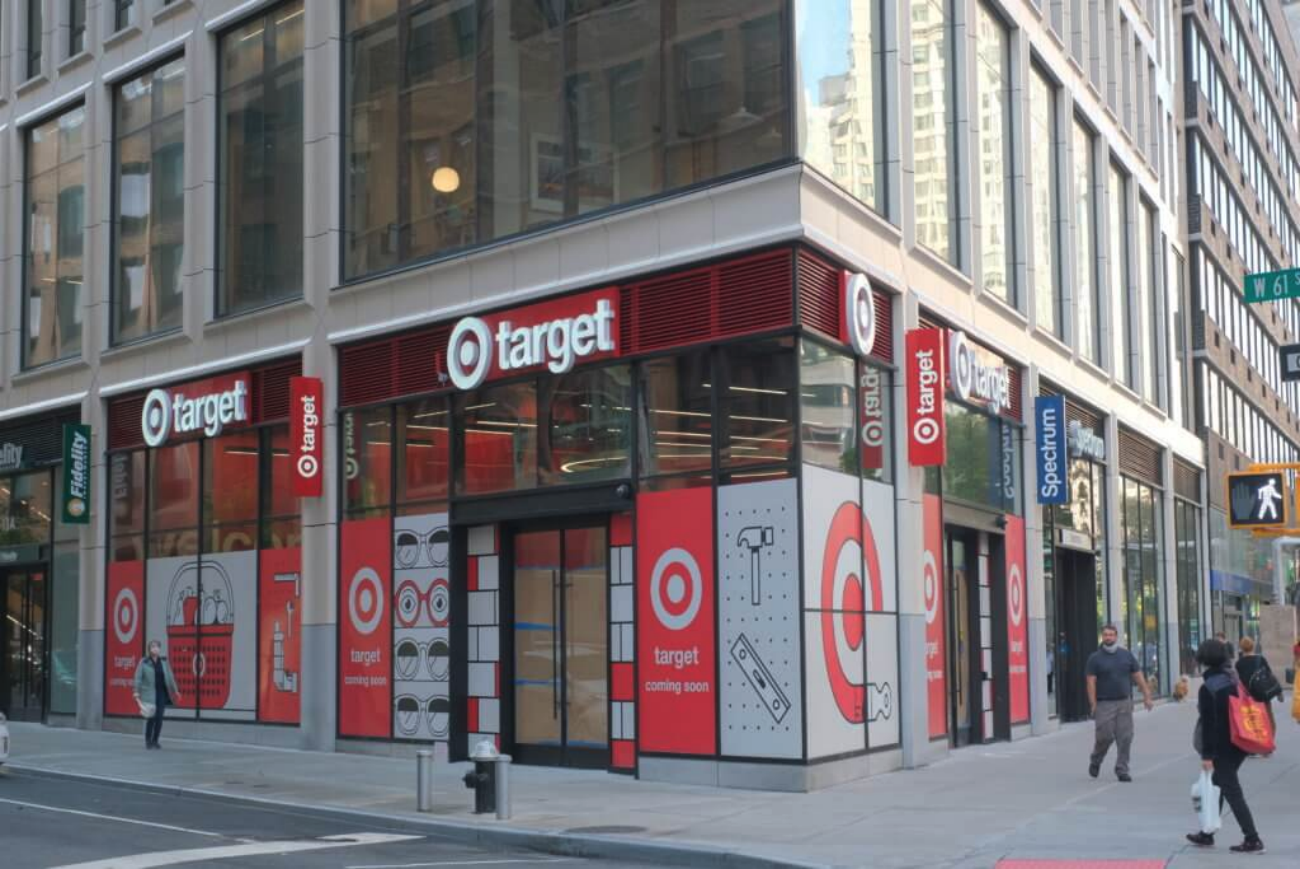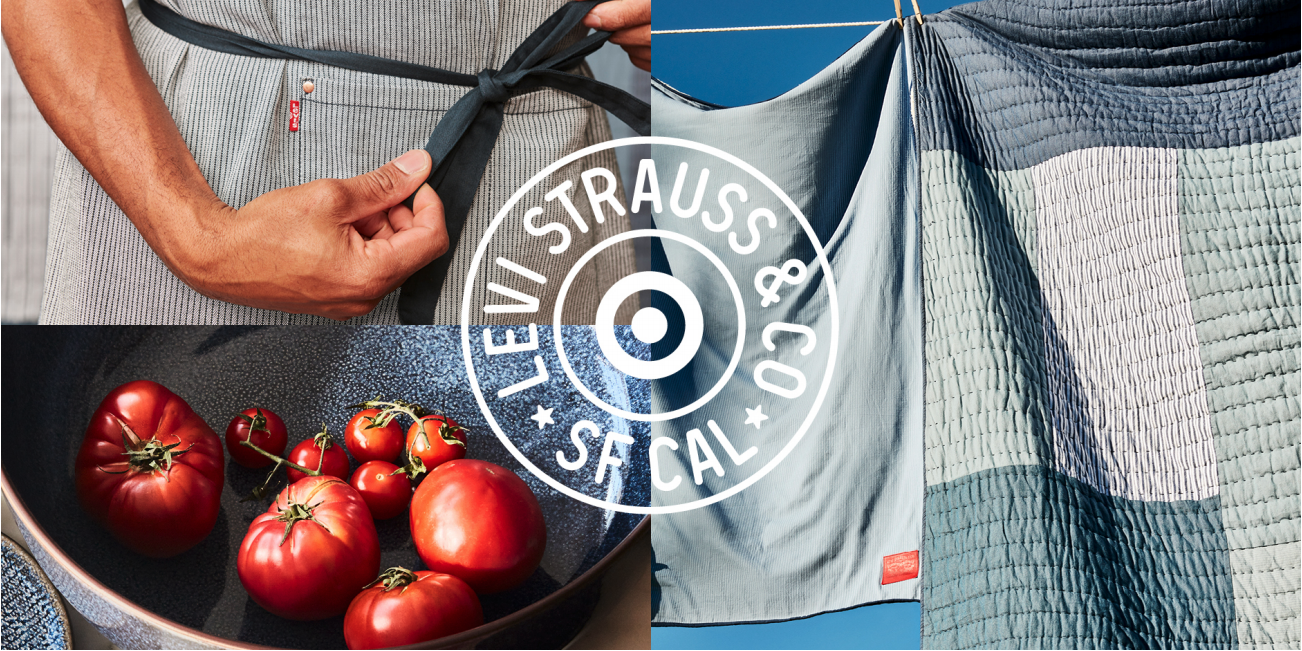
Nitheesh NH
What’s the Story?
On March 2, 2021, the Coresight Research team attended Target’s Financial Community Meeting, which was held virtually this year. In this report, we present three key insights from the event, covering the company’s continued investment in its supply chain, its assortment expansion through partnerships and private-label launches, and its focus on digital and flexible fulfillment capabilities.Target Financial Community Meeting 2021: Key Insights
Target CEO Brian Cornell hosted the event in conjunction with Christina Hennington, Executive Vice President and Chief Growth Officer, and John J. Mulligan, Target’s Executive Vice President and Chief Operating Officer. 1. Continuing Investments in Supply Chain and Fulfillment In 2020, Target saw large increases in the usage of its pickup, drive up, and same-day delivery services—many other retailers have also seen use of these avenues increase due to consumers’ concerns about spending time in-store amidst the pandemic. Year over year in fiscal 2020, drive up saw more than 600% growth, order pick up saw 70% growth, and sales through Shipt (the fulfillment company owned by Target) grew 300%. Over the course of 2020, Target expanded its delivery offerings by adding alcoholic beverage delivery to Shipt in select areas and introducing fresh and frozen grocery to delivery and pickup services. Moving into 2021, the company aims to expand its fulfillment network, while still relying on its stores as distribution hubs. Drive up and pickup sales cost 90% less to fulfill than traditional online orders, helping these sales account for an outsized portion of the company’s overall profit. [caption id="attachment_124668" align="aligncenter" width="720"] Target’s fulfillment suite
Target’s fulfillment suiteSource: Target[/caption] Nevertheless, Mulligan acknowledged that distribution centers will also play a role in the company’s fulfillment strategy. Between 2016 and 2020, the company did not open any new distribution centers but improved the efficiency at existing centers through technology upgrades, enabling sales per square foot supported by distribution centers to rise by 30% in that time period. Following rapid growth in 2020, Target will open two new distribution centers in 2021, and plans to open two more in 2022 in order to support higher sales volume and ensure consistent replenishment. To optimize efficiency across the company’s distribution centers, Target will expand its predictive inventory positioning capabilities to help restock products 25% faster than using existing systems. 2. Store Fleet Expansion At the Financial Community Meeting, Target announced plans to open 30 to 40 new locations each year for the foreseeable future. Mulligan stated that the company plans to open numerous small and mid-size store formats in 2021. As retail vacancies open up in large cities (Mulligan referred to Los Angeles, New York City and Portland in particular), Target may be able to capitalize on unused space and reach markets that were previously largely untapped by the company. In these cities, stores will have a smaller format than the company’s traditional big box locations, but will utilize new in-store technologies, such as contactless payment, to streamline the shopping experience. The company is also working to remodel its existing store fleet, an initiative that was put on hold due to the pandemic, but which the company plans to resume later this year and scale to renovations between 150 and 200 stores per year beginning in 2022. [caption id="attachment_124669" align="aligncenter" width="720"]
 A Target small-format store in New York City
A Target small-format store in New York CitySource: AM New York[/caption] In addition to small format stores in urban areas, the company is also looking to expand in two other highly populated areas: college campuses and dense suburbs. Mulligan highlighted the densely populated Denver suburbs and Brooklyn as two areas where the company is expanding its store presence with midsize store formats—bridging the gap between the retailers’ traditional expansive store offerings and its small format urban stores. The company also plans to open stores at the University of Georgia and University of Michigan this year. While sales suffered at these campus-based stores in 2020, as many students spent less time attending classes in-person than previous years, the company remains confident that the stores will serve students well as they return to campus in greater numbers. Management expects these stores to help build lifelong relationships with young consumers who are forming lasting shopping habits. 3. Expanding Assortment Through Private Labels and Partnerships Target leadership highlighted the company’s wide assortment as one of the foundations of its success through the pandemic. The company is set to continue to take a two-pronged approach to offering a wide, high-quality product assortment. Firstly, Target has invested in expanding its private-label offerings. In 2020, 10 of the company’s private labels each generated at least $1 billion in sales, four of which generated more than $2 billion in sales. Overall, the company’s owned brands accounted for around one-third of total sales in 2020 and generated a disproportionate amount of the company’s profits. The company indicated that it plans to continue differentiate by being more thoughtful than its competitors in launching private-label brands. Hennington highlighted Target’s early 2020 launch of All in Motion, an athleisure private label that recently passed the $1 billion sales mark. Prior to launching the brand, Target consulted over 15,000 customers to better understand what consumers are looking for in athleisure, spoke with 65 fitness professionals, and arranged for associates to attend workouts with guests. The company aims to continue to see outsized performance from its private labels by taking a diligent approach to launches and leveraging customer input to prioritize co-created brands and products. Secondly, Target plans to continue to invest in expanding its portfolio of partnerships. Hennington highlighted three partnerships that the company is excited about moving forward:
- This year, the company is adding Ulta Beauty stores within Target stores nationwide, and is also including Ulta shops on Target’s digital platforms. Through this initiative, the company can attract a wider assortment of customers to its store and potentially increase the basket size of existing customers who might have otherwise purchased beauty products elsewhere.
- The company announced this year that it is launching an in-store and online Apple experience, which will include dedicated displays for Apple products run by team members specially trained as experts on Apple products. Initial locations launched in late February, with more to come later this year.
- Target partnered with Levi’s to introduce a limited-edition home collection exclusive to Target, which launched on February 28. The scarcity of the limited-edition offering should drive consumer excitement and sales. Target may look to build relationships with other brands that, like Levi’s, were traditionally reliant on department stores for many of their sales.
 Target and Levi’s partnered for a limited-edition home-goods line
Target and Levi’s partnered for a limited-edition home-goods lineSource: Target[/caption]